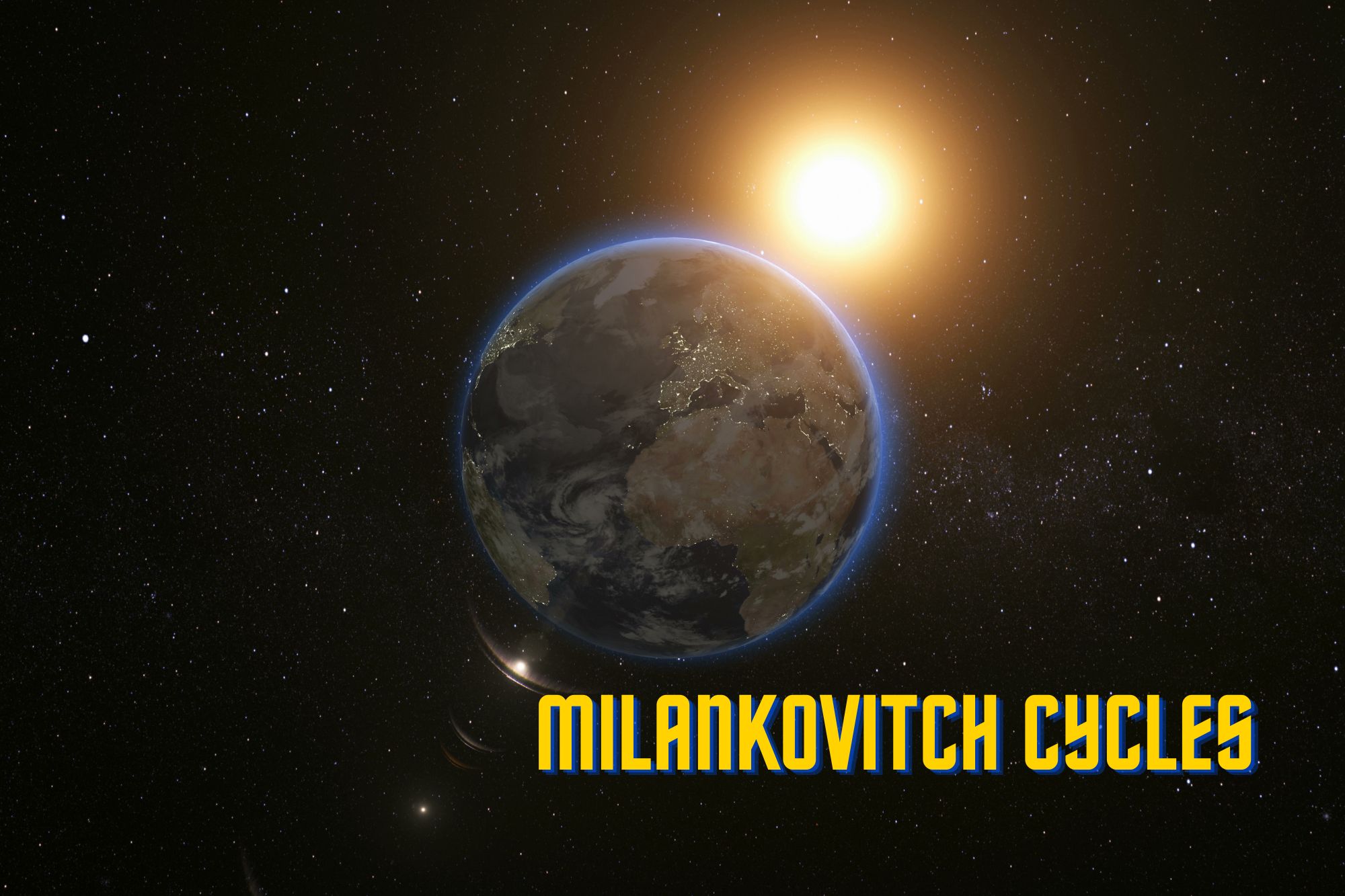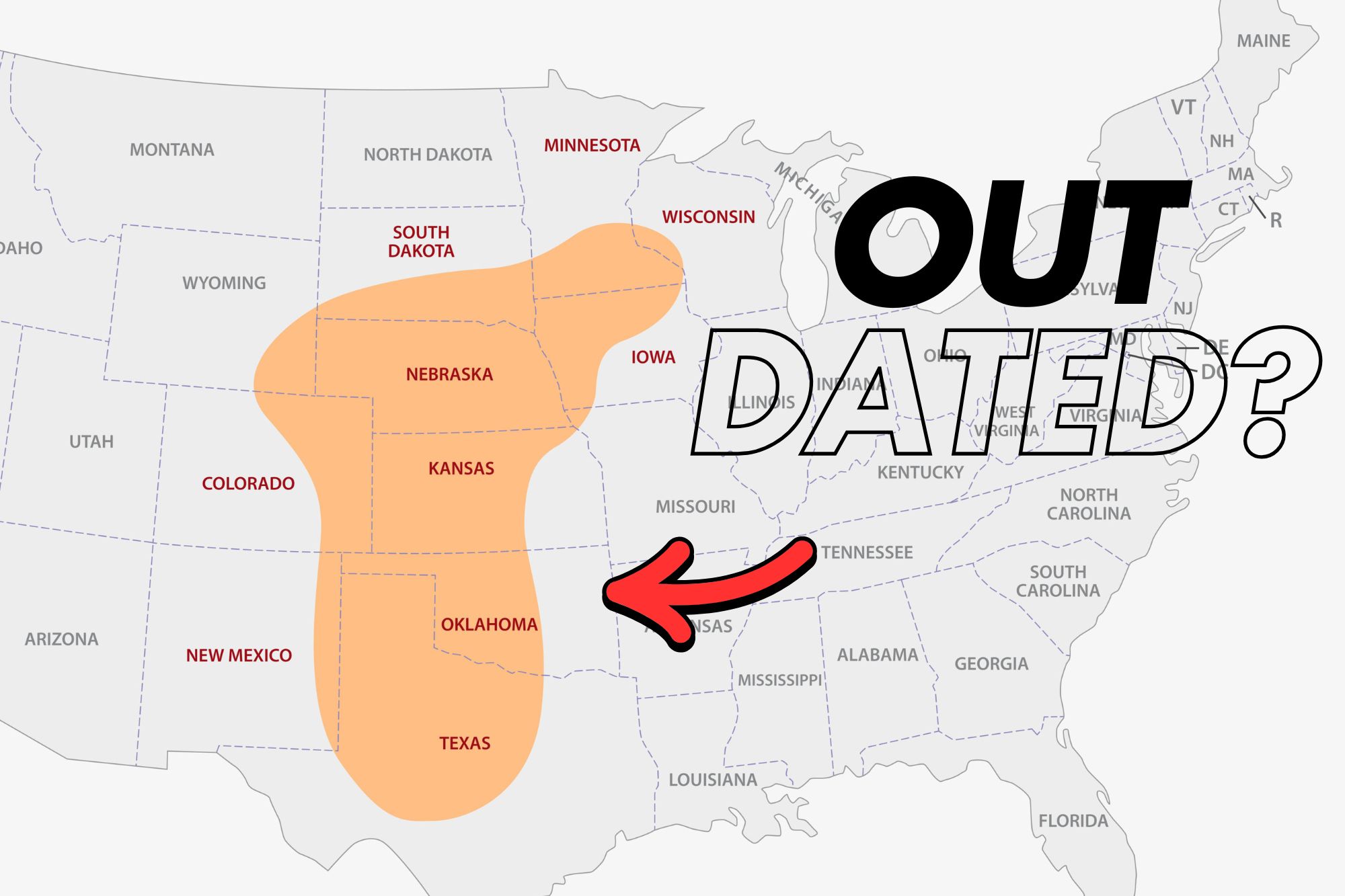Episode 9: Project Stormfury: We Failed to Stop Hurricanes
And we’re back for our second season! In this episode of the Weather Whys Podcast, host Ed Oswald delves into the fascinating history of Project Stormfury, the U.S. Government’s ambitious attempt to weaken hurricanes through cloud seeding in the 1960s and 70s. Ed explores this endeavor’s origins, experiments, and eventual downfall, shedding light on the … Read more



